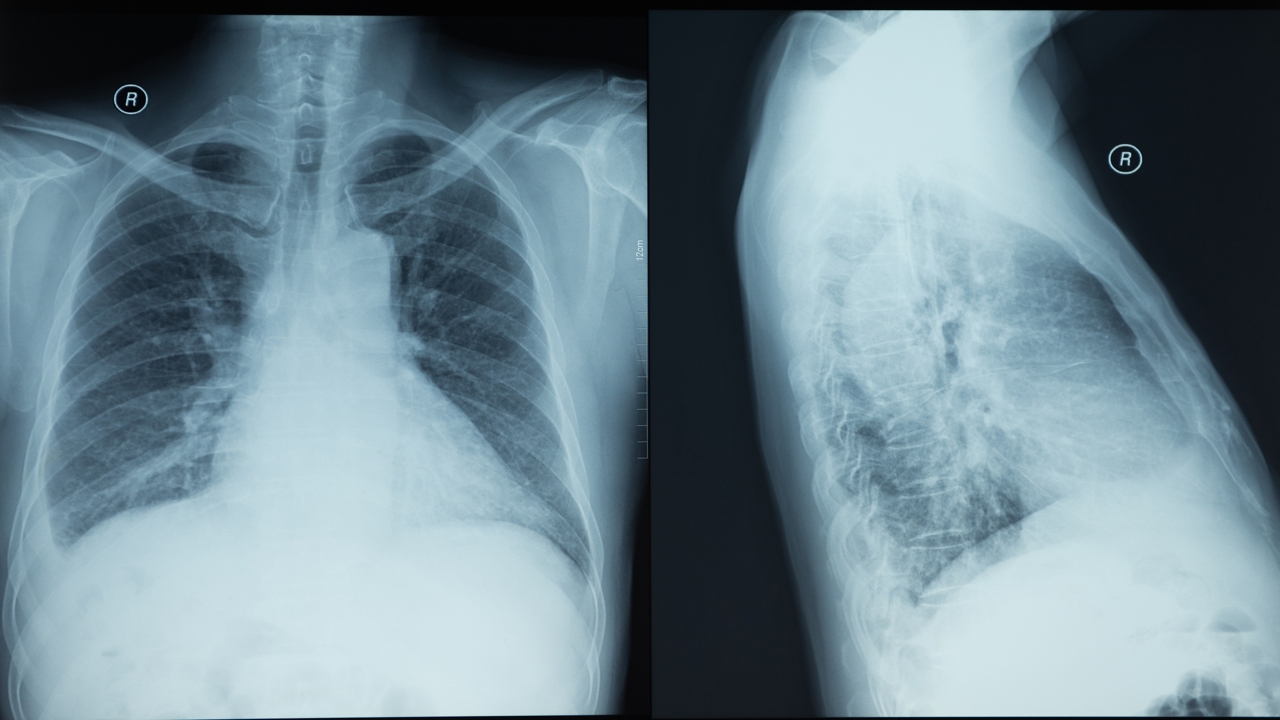
The treatment of pleural effusions depends on the underlying causes. This condition can be caused by a number of health problems. This article dwells on the various treatment options available for this condition, as well as its causes and symptoms.
The term ‘pleural effusion’ is used to refer to the accumulation of excess fluid in the pleura, which is a thin serous membrane that can be found around the lungs and also around the inner walls of the chest. The fluid accumulated in the pleura or pleural space can be serous fluid, blood, pus, and chyle (consisting of lymph and emulsified fats).
The accumulation of fluid in the pleural space can be a complication of certain health problems. Usually, a small amount of pleural fluid is produced by the body, basically to lubricate the surface of the pleura. But, an accumulation of excessive fluid in the pleural space is not normal, and can be associated with a number of health conditions.
Causes and Symptoms
Pleural effusions can be of two types – transudative pleural effusion and exudative pleural effusion. A transudative effusion results from the leakage of fluid into the pleural space from the blood vessels. It is usually caused by the elevated pressure in the blood vessels, or due to low protein levels in blood. An exudative effusion is caused by the inflammation of the pleura.
A transudative effusion can be associated with conditions like congestive heart failure, kidney failure, liver failure, liver cirrhosis, and peritoneal dialysis. The exudative effusion on the other hand, can be caused by lung diseases, pneumonia, tuberculosis, lung cancer, lymphoma, systemic lupus erythematosus, asbestosis, kidney failure, ascites, and mesothelioma.
Chest pain can be one of the most commonly observed symptoms of this condition. The buildup of a large amount of fluid in the pleural cavity can press against the lungs, and can cause breathing problems. Other symptoms which can accompany this condition (depending on the underlying causes) are, fever, cough, shortness of breath, rapid breathing, pressure in the chest, and hiccups.
Diagnosis and Treatment
The treatment of this condition depends on the underlying causes. This condition is usually detected with the help of physical examinations, chest X-ray, an analysis of the pleural fluid, thoracic CT scan, ultrasound of the chest, MRI scan, and thoracentesis.
Once this condition is confirmed, physicians try to find out the underlying cause. The accumulated fluid in the pleura is also drained out. But, a large amount of fluid can again buildup in the pleura, if the underlying condition is not treated or cured.
If this condition is caused by tuberculosis and infections, then antibiotics are used. But if the pleural effusion is associated with cancer, then chemotherapy and radiation therapy can be required for its treatment. On the other hand, if it is caused by congestive heart failure, then diuretics can be used for treating this condition.
The accumulation of a large amount of fluid in the pleural cavity has to be drained out to relieve the symptoms associated with it. Thoracentesis is a procedure which is employed for this purpose. It is done by inserting a thin and hollow plastic tube into the chest wall or pleural cavity through the ribs. The accumulated fluid is then drawn out through a syringe attached to the tube. For draining a large amount of fluid, a tube is inserted through the chest wall. A box is connected to the tube in order to suction out the fluid from the pleural cavity.
If the condition is recurrent (which is usually associated with cancer), a physician can opt for pleurodesis. A pleural effusion caused by cancer is also known as malignant pleural effusion. In pleurodesis, the fluid from the chest is drained out, and then a special chemical (tetracycline, sterile talc, or bleomycin) is injected into the pleural space. The chemical causes irritation of the pleural membranes, and causes them to stick together. In other words, the pleural space is sealed off so that no fluid can accumulate there.
Other treatment options for this condition include, pleurectomy or the surgical removal of the pleura. Sometimes, a shunt, called pleuroperitoneal shunt is also inserted to treat this condition. The shunt is inserted surgically, and it allows the pleural fluid to drain out into the abdominal cavity.
Disclaimer: This article is for informative purposes only, and should not be treated as a substitute for professional medical advice.


